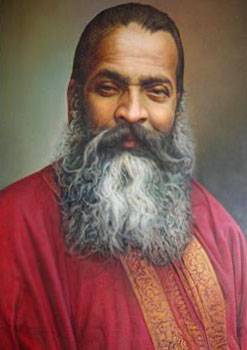 History of Classical Music performance has seen a series of ups and downs right from the time it was first performed in public till today. Initially, musical performances were believed to the privilege of the enlightened upper classes and it was not meant to be performed in front of all and sundry. When musicians started performing in front of the general public, there was a lot of outrage and great hue and cry from among the elite.
History of Classical Music performance has seen a series of ups and downs right from the time it was first performed in public till today. Initially, musical performances were believed to the privilege of the enlightened upper classes and it was not meant to be performed in front of all and sundry. When musicians started performing in front of the general public, there was a lot of outrage and great hue and cry from among the elite.
In the early twentieth century there was seen the slow shifting of the performances from select audiences to the general public. The great singer Vishnu Digambar Paluskar was one of the first to present a public concert in the early 1900s. People who belonged to the old aristocratic culture hissed and threw stones as he left the hall because they regarded classical music as the province of the privileged classes and questioned his right to take his music to the public. This public performance was considered to be a corruption of the British way of life. At this time, there flourished the idea of a patronized concert. This meant that classical singers were willing to give public performances only if it was a sponsored concert where the patron paid the artists, and the tickets were distributed to those who requested them, or provided on a "membership" basis. The patronized concert became very popular as the courts were in decline in the first half of the twentieth century. A patron, or a group of people dedicated to the arts, would get together and provide or raise money for a music festival, inviting artists from all over North India to sing in a chain of recitals all day and all night for three or four days.
This trend continued even after independence and there were a number of festivals which were taking place in the most populous cities, ensuring that the music would be accessible to a vast number of people. A star-system emerged, where the most popular and entertaining personalities became leading lights, driving artists` fees upward. These concert systems continue to operate today though on a smaller scale. Most major cities still host at least one classical music festival each year. These are a series of concerts over four or five days, often featuring at least one all-night performance, in which the more popular musicians appear in the wee hours of the morning.
In former eras at the courts, musicians would live among the people before whom they played and sang. Their practice and presentations were more open to regular analysis. Though the more tedious aspects of practice- the hours of repetitious exercises and the learning of new pieces-took place behind closed doors, the musical performance itself was designed and presented like an open practice. In the modern concert hall numerous changes continue to influence the style of performance. The musicians are dependent upon electronic sound reinforcement, and audiences expect that concerts will begin and end at certain pre-assigned times. The audiences want to hear a polished and technically sound performance, but it is not subject to as much scrutiny as in the earlier times.
Down the ages, a lot of changes have also been brought about by the recording industry. In the early years, an artist would have only a few minutes to sing, and hence the longer classical styles were not thought of as appropriate for recording. A song that lasted from two to five minutes could be polished for recorded presentation.
Thus the history of Indian Classical Music performance shows a difficult path of development.




















